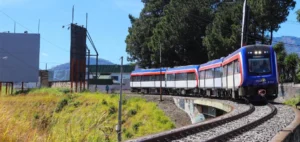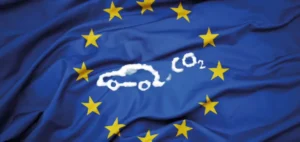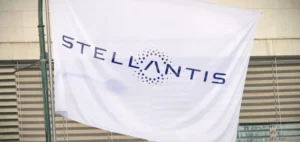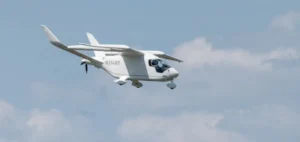Sceye, a pioneer in high-altitude platforms (HAPs), has reached a milestone with the completion of a stratospheric daytime flight powered exclusively by solar energy.
This technical breakthrough demonstrates Sceye’s ability to maintain a platform in the stratosphere over a long period, offering new solutions for continuous environmental monitoring and connectivity in underserved areas.
This operation is part of an intensive testing program in 2024, aimed at validating the technical capabilities of PHAs for large-scale commercial applications.
The aim is to create an intermediate layer of aerial infrastructure between drones and satellites, enabling real-time monitoring of natural phenomena and an extension of communications networks.
Technical capabilities and industrial challenges
The recent flight enabled Sceye to successfully test a series of advanced instruments on board the platform, such as stereo-optical cameras for precise terrain modelling and synthetic aperture radars capable of penetrating clouds for continuous observation.
These technologies are crucial for anticipating and managing natural disasters such as fires or floods, as well as for detecting methane leaks, a major source of global warming.
PHA’s ability to remain stationary over a given area is a major asset for industrial applications, particularly in the environmental monitoring and natural resource management sectors.
The on-board instruments offer unprecedented resolution and accuracy, making Sceye’s platform particularly well-suited to the needs of governments and businesses for environmental risk management.
Outlook for the aerospace industry
Sceye’s exploitation of the stratosphere paves the way for a redefinition of aerial infrastructure, particularly for critical applications such as climate monitoring and the provision of communications services in remote regions.
The success of this flight proves the viability of high-altitude platforms for extended operations, with significant potential for a variety of commercial applications.
The next trials, scheduled for later this year, will aim to refine the performance of Sceye’s HAPs, with a view to full-scale commercialization.
This initiative could transform the way environmental data is collected and used, with direct implications for managing natural resources and combating the effects of climate change.
The innovation introduced by Sceye into the aerospace industry shows considerable potential to become a key player in continuous monitoring and global connectivity, addressing today’s technological and environmental challenges with sustainable and efficient solutions.






















